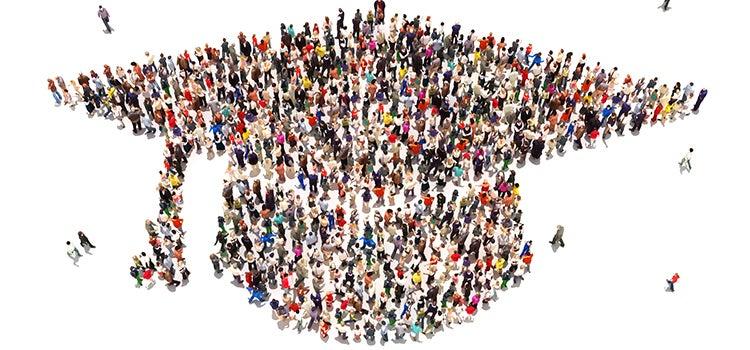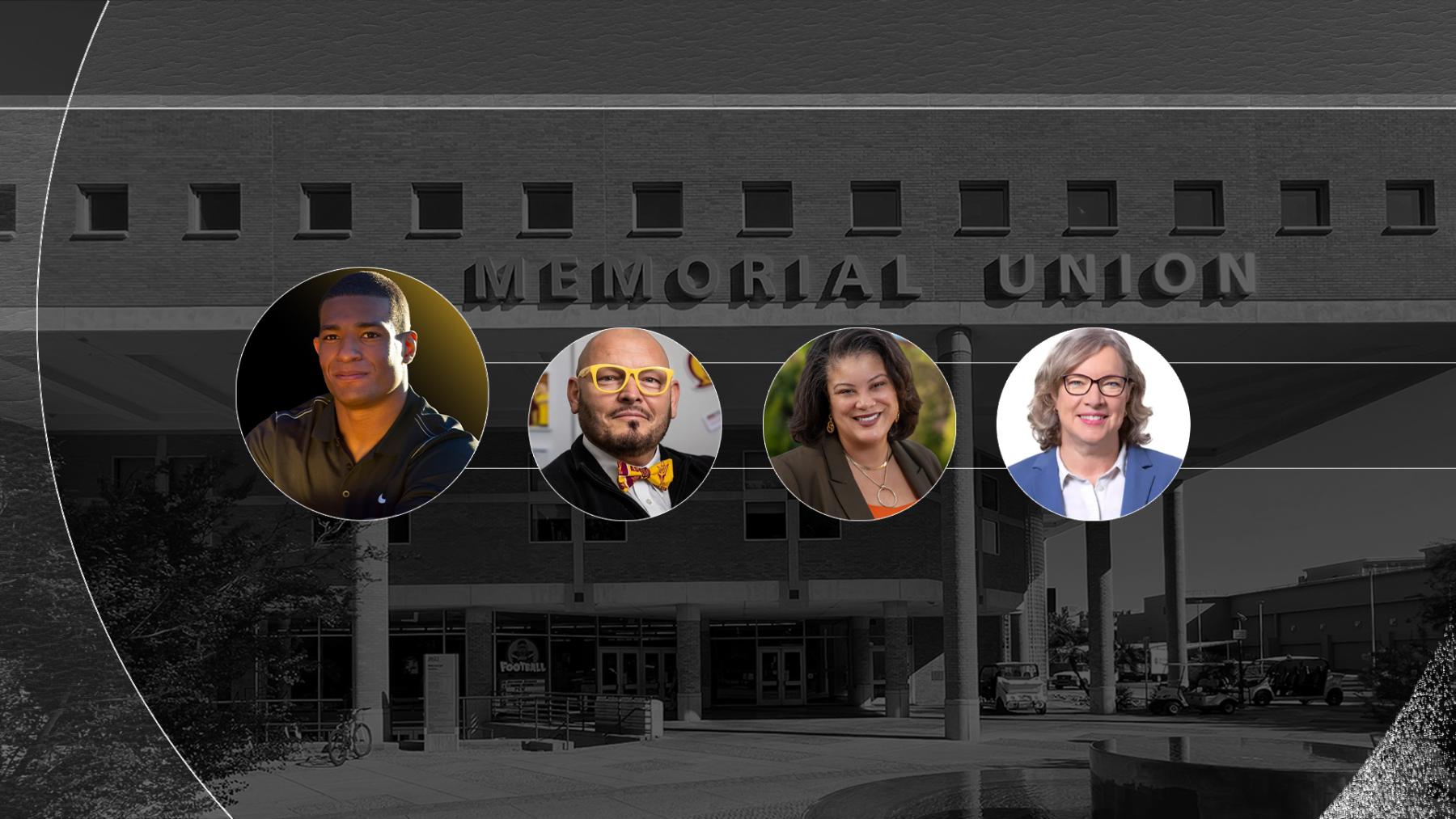
How to determine resources to fund graduate program enrichment and advancement
The Graduate College’s Office of Strategic Graduate Enrichment has rolled out an initiative to collaborate with Units in their efforts to enrich and/or advance their graduate programs. We are prioritizing efforts to secure financial resources that will support curricular innovations, professional development programs or training grants. The first step in planning this work is to support Units in completing an asset mapping process. For this purpose, we recently launched the “Asset Mapping Workbook for Graduate Enrichment Initiatives.” The workbook guides ASU’s Unit leaders and faculty to identify resources, skills, liaisons, networks, and determine the contributions each can make to the advancement of their graduate programs.
The asset mapping process will assist Units to prioritize strategic ideas, ascertain collective power, and build relationships. Asset mapping is the first step that will enable Units to build plans for securing, not only, funding for curriculum innovation, professional development and training grants, but also strategic interdisciplinary partnerships to advance graduate programs.
Why Do Asset Mapping?
Asset mapping, commonly used in urban planning, provides information about the strengths and resources of a “community,” by revealing its assets and the interconnections among them and problem solving to capitalize on their benefits. Asset mapping is best utilized when there are opportunities to:
Identify strengths and expose gaps. The benefits of asset mapping can show not only what already exists, but also where resources are lacking. In other words, you do not need to reinvent the wheel. Identifying what already exists can aid in enhancing the existing resources and help in making decisions about the future direction of a program.
Develop new programs or services. Identifying what already exists can also help to decide if a new program or service will be a viable addition to the overall strategic planning process.
Facilitate and support building advantageous connections. This benefit ties to getting buy-in from the Unit. When Colleges and Schools have an invested interest in making their Units and Programs better, it can serve to encourage Unit leadership to seek out new solutions, resources and partners in making change happen.
To learn more about asset mapping for graduate programs at ASU, please contact the ASU Graduate College’s Office of Strategic Graduate Enrichment at 480-965-8536. To access the Asset Mapping Workbook for Graduate Enrichment Initiatives, please visit the OSGE website at https://graduate.asu.edu/graduate-enrichment/resources
More stories from the Graduate Insider

Unstoppable: Lessons in Adaptability from Anthony Robles

How graduate students can harness AI in the job search
